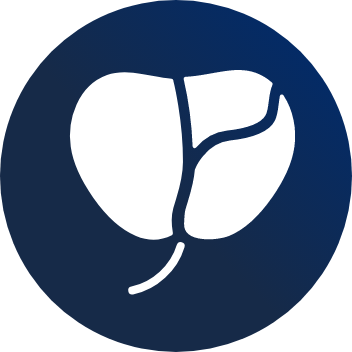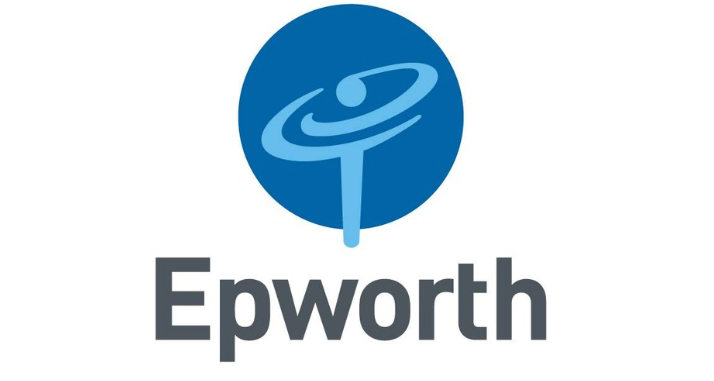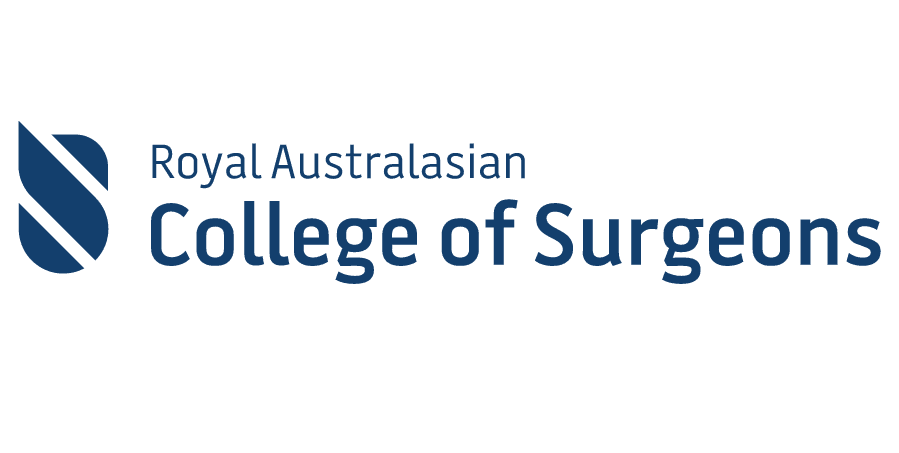Bladder Neck Incision
What is Bladder Neck Incision?
Bladder neck incision (BNI) is a surgical procedure that relieves urinary symptoms caused by an enlarged prostate gland. It specifically targets the area of the bladder neck, which is the part of the bladder that connects to the urethra, the tube that carries urine out of the body.
When the prostate enlarges, it can obstruct this area, making it difficult for urine to pass. A bladder neck incision involves making a small incision in the bladder neck to widen the opening, thus improving the urine flow.
Who is Suitable for Bladder Neck Incision?
Bladder neck incision is typically considered for men who have moderate to severe urinary symptoms caused by BPH and have not responded well to conservative treatments such as medication. It may also be considered for men who cannot undergo more invasive surgical procedures due to other health conditions.
Criteria for Suitability
- Men experiencing bothersome urinary symptoms such as frequent urination, urgency, weak urine stream, difficulty initiating urination, or incomplete bladder emptying may be candidates for bladder neck incision.
- Patients who have not experienced significant improvement in symptoms with medications such as alpha-blockers or 5-alpha-reductase inhibitors may be considered for bladder neck incision.
- Bladder neck incision is most effective for men with a prostate size of less than 30-40 grams. Larger prostates may require more extensive surgical procedures such as transurethral resection of the prostate (TURP) or Holmium laser prostate surgery (HoLEP).
- Patients should be in generally good health and free from conditions that may increase the risks associated with surgery, such as uncontrolled diabetes, bleeding disorders, or severe heart or lung disease.
- Ultimately, the decision to undergo a bladder neck incision should involve a discussion between the patient and their urologist, taking into account the severity of symptoms, the size of the prostate, and the patient's overall health and preferences.
Benefits of Bladder Neck Incision
- Improved Urinary Flow: By widening the bladder neck, BNI allows urine to flow more freely, reducing symptoms such as hesitancy, weak stream, and incomplete bladder emptying.
- Symptom Relief: BNI can significantly relieve bothersome urinary symptoms associated with BPH, such as urgency, frequency, nocturia (nighttime urination), and urinary retention.
- Minimal Invasive: Bladder neck incision is considered a minimally invasive procedure compared to more extensive surgeries such as transurethral resection of the prostate (TURP) or Laser prostatectomy. It involves making a small incision in the bladder neck without the need for removing prostate tissue, resulting in potentially shorter recovery times and less risk of complications.
- Preservation of Sexual Function: BNI may preserve sexual function, including erectile function and ejaculatory function, compared to more invasive procedures that may carry a higher risk of sexual side effects.
- Outpatient Procedure: In many cases, BNI can be performed as an outpatient procedure, allowing patients to return home the same day and resume normal activities relatively quickly.
- Effective for Small to Moderate Prostates: BNI is particularly suitable for men with small to moderate-sized prostates (less than 30-40 grams) and can provide long-lasting symptom relief in these patients.
Types of Bladder Neck Incision
Bladder neck incision can be performed using different techniques, depending on the patient's specific anatomy and the surgeon's preferences. Some common types of bladder neck incision include:
- Cold Knife Incision: This traditional technique involves using a surgical scalpel to make an incision in the bladder neck. It provides precise control but may carry a higher risk of bleeding than other methods. This is most suited when scar tissue is present at the bladder neck.
- Electrosurgical Incision: In this approach, a specialised instrument with an electrode delivers electrical energy to the bladder neck tissue, creating the incision. An electrosurgical incision may help cauterise blood vessels, reducing the risk of bleeding.
- Laser Bladder Neck Incision: Laser technology, such as holmium or thulium lasers, can also perform bladder neck incisions. Laser energy is delivered to the tissue, allowing for precise cutting and potentially minimising bleeding.
Alternative Options to Bladder Neck Incision
While bladder neck incision can be an effective treatment for BPH, several alternative options are available, depending on the severity of symptoms, prostate size, and patient preferences. Some alternatives include:
- Medications (Alpha-blockers and 5-alpha-reductase inhibitors)
- Transurethral Resection of the Prostate (TURP)
- Laser Prostate Surgery (holmium laser enucleation of the prostate (HoLEP) or GreenLight laser therapy)
- UroLift
- Prostatic Artery Embolization (PAE)
Preparation Before a Bladder Neck Incision
- Consultation with a Urologist: Schedule a consultation before undergoing BNI. They will evaluate your symptoms, perform a physical examination, and may order additional tests, such as uroflowmetry or ultrasound, to assess the size and shape of your prostate.
- Medical History Review: Provide your urologist with a comprehensive medical history, including past surgeries, current medications, allergies, and underlying health conditions. Be sure to inform them of any medications you are taking, including over-the-counter drugs, supplements, and herbal remedies, as some may need to be adjusted or discontinued before surgery.
- Preoperative Testing: Depending on your age and medical history, your urologist may recommend preoperative tests such as blood tests, electrocardiograms (ECGs), chest X-rays, or urine tests to assess your overall health and identify any potential risks associated with surgery.
- Stop Blood-Thinning Medications: If you take blood-thinning medications such as aspirin, warfarin, or nonsteroidal anti-inflammatory drugs (NSAIDs), your urologist may instruct you to stop taking them before surgery to reduce the risk of bleeding complications. Follow your doctor's instructions regarding medication management closely.
- Smoking Cessation: If you smoke, consider quitting or reducing your tobacco use before surgery. Smoking can impair healing and increase the risk of complications during and after surgery.
- Follow Fasting Guidelines: Your urologist will provide specific instructions regarding fasting before surgery. Before the procedure, you must abstain from eating or drinking for a certain period. Follow these guidelines carefully to minimise the risk of complications related to anaesthesia.
Bladder Neck Incision Procedure
- Anaesthesia Administration: Before the procedure begins, you will receive anaesthesia to ensure you are comfortable and pain-free during surgery. Bladder neck incision is commonly performed under general anaesthesia or spinal anaesthesia, which numbs the lower half of your body.
- Insertion of Surgical Instruments: Once adequately anesthetised, your urologist will insert a specialised instrument called a cystoscope through the urethra and into the bladder. The cystoscope contains a light and camera that allow the surgeon to visualise the bladder, neck and prostate.
- Bladder Neck Incision: Your urologist will make one or more incisions in the bladder neck tissue using precise surgical instruments, such as a scalpel, electrosurgical device, or laser, to widen the opening and relieve urinary obstruction caused by an enlarged prostate.
- Monitoring and Adjustment: Throughout the procedure, your urologist will monitor your condition closely and may make adjustments as needed to ensure optimal outcomes. The number and location of incisions may vary depending on the size and shape of your prostate and the severity of your symptoms.
- Closure and Recovery: Once the bladder neck incision is completed, any bleeding will be controlled, and the instruments will be removed from the urethra. Your urologist may insert a catheter into the bladder to drain urine temporarily and facilitate healing. The catheter is usually removed one day after surgery.
- Postoperative Care: After the procedure, you will be taken to a recovery area where medical staff will monitor your vital signs and ensure you are comfortable. You may experience some discomfort, urinary urgency, or mild bleeding after surgery, which is normal and can be managed with medication.
Bladder Neck Incision Recovery Plan
- Stay Hydrated: Drink plenty of fluids to help flush out your urinary system and promote healing after surgery. Aim to drink at least 8 to 10 glasses of water per day unless otherwise instructed by your doctor.
- Follow a Balanced Diet: Eat a healthy, balanced diet rich in fruits, vegetables, whole grains, and lean proteins to support your body's healing process. Avoid foods and beverages irritating your bladder, such as caffeine, spicy foods, alcohol, and acidic foods.
- Practise Pelvic Floor Exercises: Pelvic floor exercises, also known as Kegel exercises, can help strengthen the muscles that control urination and improve bladder control after surgery. Ask your doctor for guidance on how to perform pelvic floor exercises correctly.
- Monitor Urinary Symptoms: Pay attention to any changes in your urinary symptoms, such as difficulty urinating, persistent pain or discomfort, urinary leakage, or signs of infection (e.g., fever, chills, foul-smelling urine). Contact your doctor if you experience any concerning symptoms or complications during recovery.
- Gradually Resume Activities: As you start to feel better, gradually resume normal activities and exercise, but avoid activities that may strain your pelvic muscles or interfere with your recovery. Listen to your body and pace yourself accordingly to prevent overexertion or injury.
- Attend Follow-Up Appointments: Attend all scheduled follow-up appointments with your urologist to monitor your progress and address any concerns or complications that may arise during recovery. Your urologist may perform additional tests, such as uroflowmetry or cystoscopy, to evaluate the procedure's effectiveness and ensure optimal outcomes.
- Medication Management: Take all prescribed medications as your doctor directs, including antibiotics to prevent infection and pain medications to manage discomfort. Contact your doctor if you experience any adverse reactions or side effects from your medications.
- Stay Positive: Recovery from BNI may take several weeks, and it's normal to experience fluctuations in symptoms and emotions. Stay positive, focus on improvements, and contact your healthcare team or support network if you need assistance or encouragement.
Bladder Neck Incision Prognosis
BNI is effective in relieving urinary symptoms and improving urinary flow in a significant proportion of individuals. However, the long-term success of BNI may vary depending on factors such as the size of the prostate, the severity of symptoms, and the presence of underlying medical conditions.
Bladder Neck Incision Risks
Like any surgical procedure, BNI carries certain risks and potential complications. Some potential risks of BNI include:
- Bleeding
- Infection
- Urinary Retention
- Urinary Incontinence
- Bladder Neck Contracture
- Sexual Dysfunction
- Other Complications (urinary urgency, frequency, discomfort, blood in the urine, and anaesthesia-related risks)
What if the Bladder Neck Incision is Delayed?
Delaying BNI may result in persistent or worsening urinary symptoms and complications associated with urinary obstruction. Suppose BPH symptoms are left untreated or inadequately managed. In that case, they can negatively impact the quality of life and increase the risk of complications such as acute urinary retention, urinary tract infections, bladder stones, and kidney damage.








